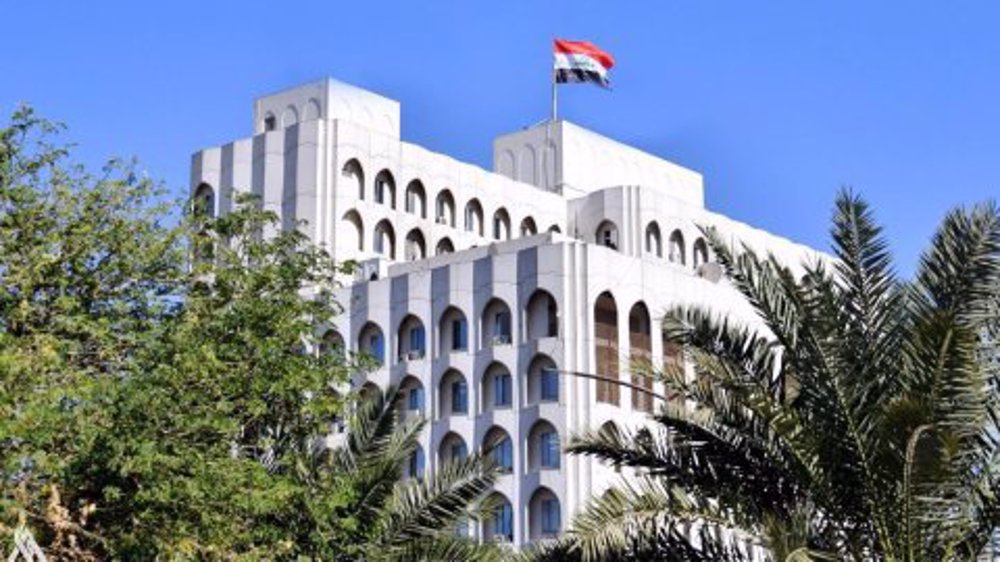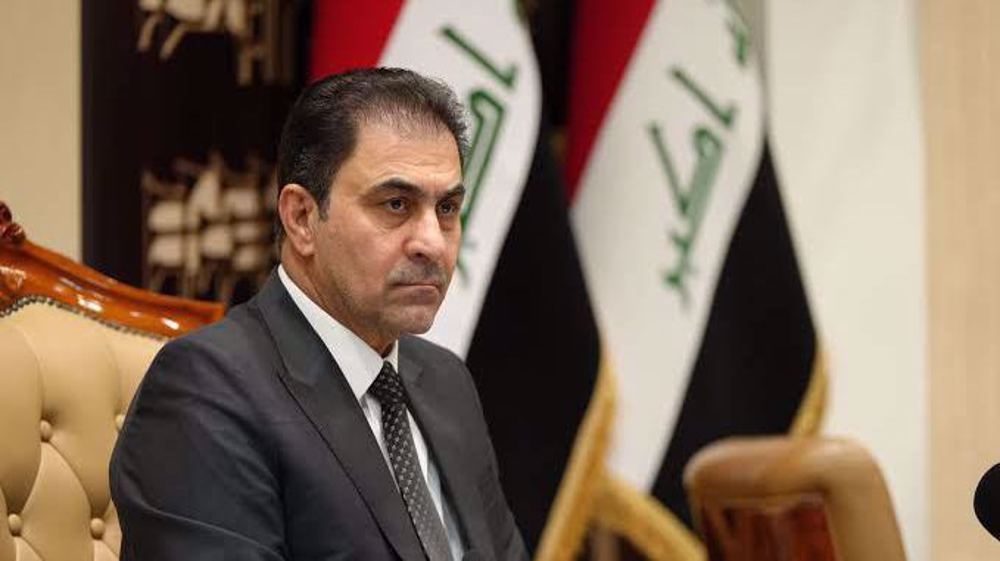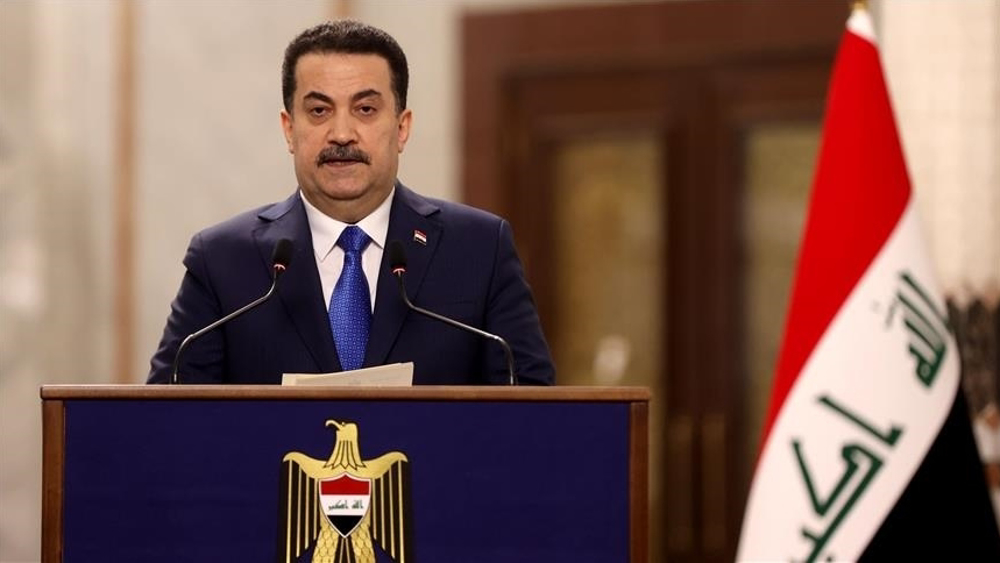Daesh lost 12% of territory in Iraq, Syria since 2016: IHS
The Daesh Takfiri terrorist group has lost 12 percent of the territory it already held in Syria and Iraq in the first half of 2016, a British think tank says.
According to a report released by the IHS Conflict Monitor on Sunday, the territories under the control of Daesh, which started its reign of terror in Iraq and Syria in 2014, are increasingly shrinking due to a string of setbacks it suffered last year and in the past months.
In 2015, Daesh territory “shrunk by 12,800 square kilometers to 78,000 square kilometers, a net loss of 14 percent,” the IHS said, adding, “In the first six months of 2016, that territory shrunk again by 12 percent. As of July 4, 2016, it controls roughly 68,300 square kilometers in Iraq and Syria.”
On December 22, 2015, the IHS reported that the terror group had lost control over more than 13,000 square kilometers of the territory it controlled in the two Arab countries since January, a net loss of 14 percent.
In another report on March 16, the think tank said that Daesh had lost a further eight percent since the beginning of January.
“Over the past 18 months, it has continued to lose territory at an increasing rate,” said Columb Strack, a senior analyst at the IHS and lead analyst for the IHS Conflict Monitor.
As Daesh territory “shrinks and it becomes increasingly clear that its governance project is failing, the group is re-prioritizing insurgency. As a result, we unfortunately expect an increase in mass casualty attacks and sabotage of economic infrastructure, across Iraq and Syria, and further afield, including Europe,” Strack added.

On April 18, the think tank reported that revenues obtained by the terror group had dropped by about 30 percent since the previous year, forcing the terrorists to impose a new array of taxes on people under their control.
It added that as of March 2016, Daesh’s revenue dropped to USD 56 million, as its oil production, comprising 43 percent of its revenues, had gone down from 33,000 barrels per day to 21,000.
About 50 percent of Daesh’s revenue come from taxation and confiscation of businesses and property. Drug smuggling and the sale of electricity and donations have made up the remainder, the April report added.
According to Strack, in the coming year it is likely to see more towns and cities become isolated from the terror group, as was the case in Ramadi and Fallujah in Iraq.
“This could enable the fragmentation and gradual defeat of the Islamic State as a conventional force,” he added, using an alternative for Daesh.
Firas Abi-Ali, a senior principal analyst at the IHS, said as Daesh suffers more losses in the two Arab countries, it further expands its terrorist attacks outside these countries to make their followers and other people believe that “it is still gaining support and expanding its influence, despite setbacks in Iraq and Syria.”
He noted that for groups like Daesh, “the battle for hearts and minds is just as important, if not more important, than the military confrontation.”
In February, the European Union's criminal intelligence agency, Europol, said up to 5,000 trained members of Daesh were at large in Europe. Some 30,000 militants from over 100 countries have reportedly traveled to Syria and Iraq since 2011 to join the ranks of Takfiri terrorist groups.
Wahhabism, which forms the ideology of Daesh, is the radical ideology dominating Saudi Arabia and freely preached by clerics in the Arab country.
Iran reports 11% drop in domestic red meat supply
Arab League affirms support for Iraq amid Israel's threats of military action
VIDEO | Fierce fight in Southern Lebanon
Over 1000 medics killed in Gaza as Israel systematically targets hospitals
Iran’s steel output down 1.9% y/y in October to 3 mln mt: Worldsteel
Islamabad in lockdown as Imran Khan supporters march for his release
VIDEO | Russia's new hypersonic missiles target Ukraine
VIDEO | US expands military role in Yemen














 This makes it easy to access the Press TV website
This makes it easy to access the Press TV website